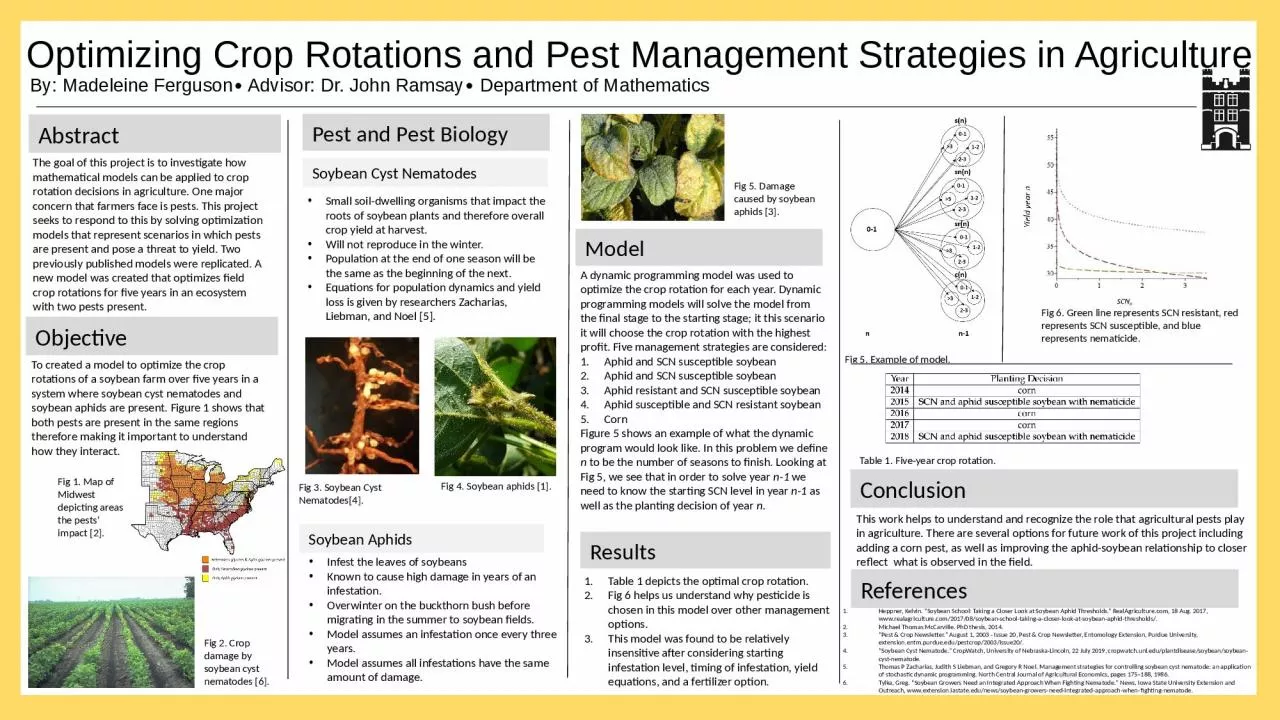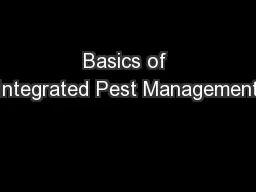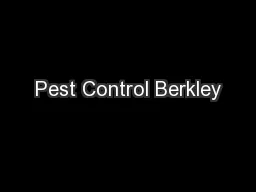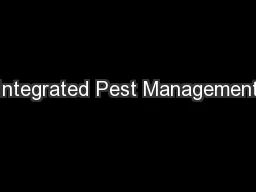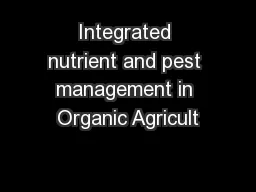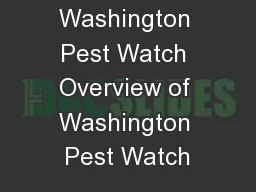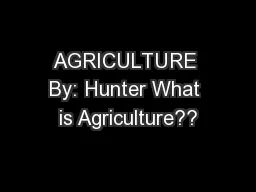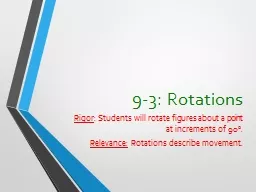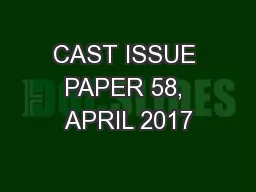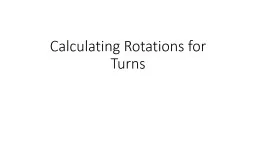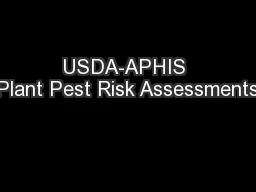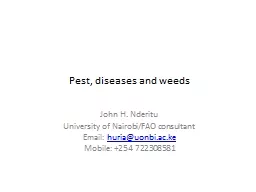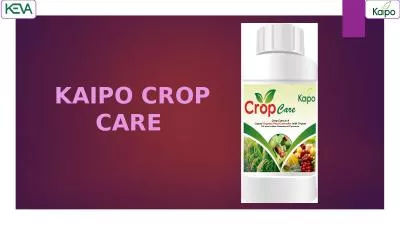PPT-Optimizing Crop Rotations and Pest Management Strategies in Agriculture
Author : ethlyn | Published Date : 2023-11-06
By Madeleine Ferguson Advisor Dr John Ramsay Department of Mathematics The goal of this project is to investigate how mathematical models can be applied to crop
Presentation Embed Code
Download Presentation
Download Presentation The PPT/PDF document "Optimizing Crop Rotations and Pest Manag..." is the property of its rightful owner. Permission is granted to download and print the materials on this website for personal, non-commercial use only, and to display it on your personal computer provided you do not modify the materials and that you retain all copyright notices contained in the materials. By downloading content from our website, you accept the terms of this agreement.
Optimizing Crop Rotations and Pest Management Strategies in Agriculture: Transcript
Download Rules Of Document
"Optimizing Crop Rotations and Pest Management Strategies in Agriculture"The content belongs to its owner. You may download and print it for personal use, without modification, and keep all copyright notices. By downloading, you agree to these terms.
Related Documents

